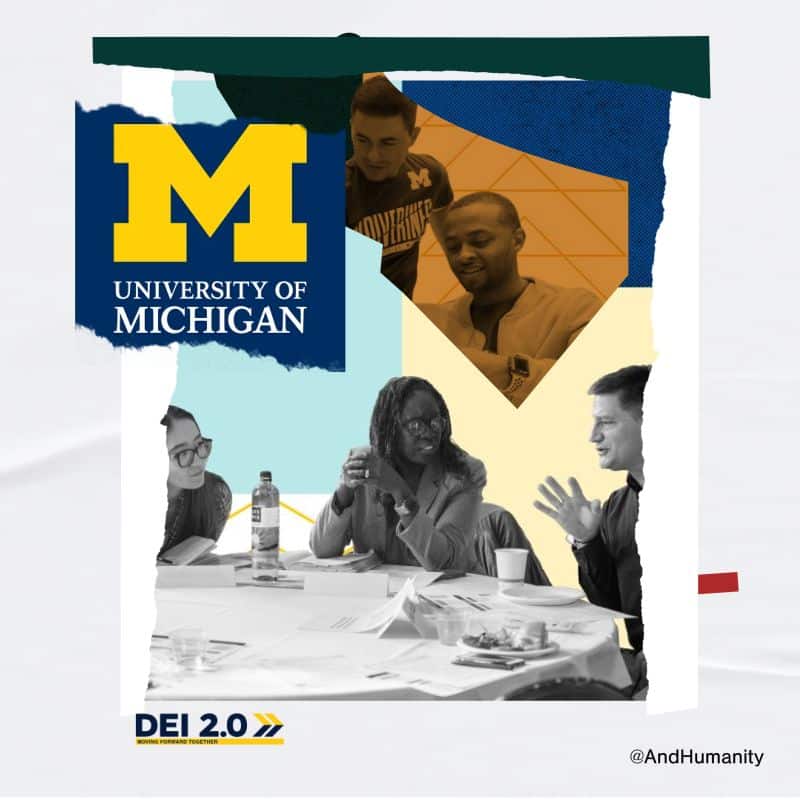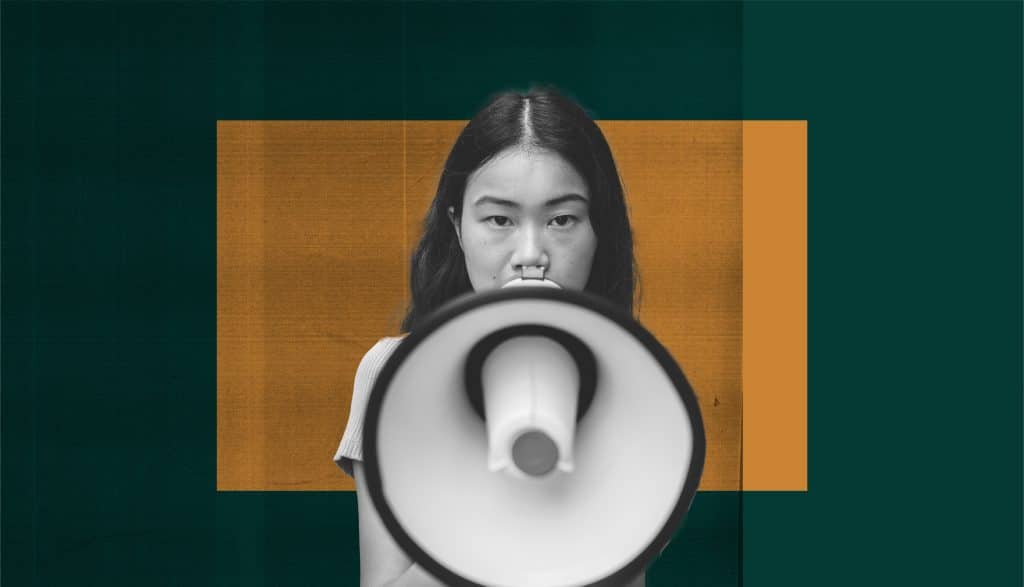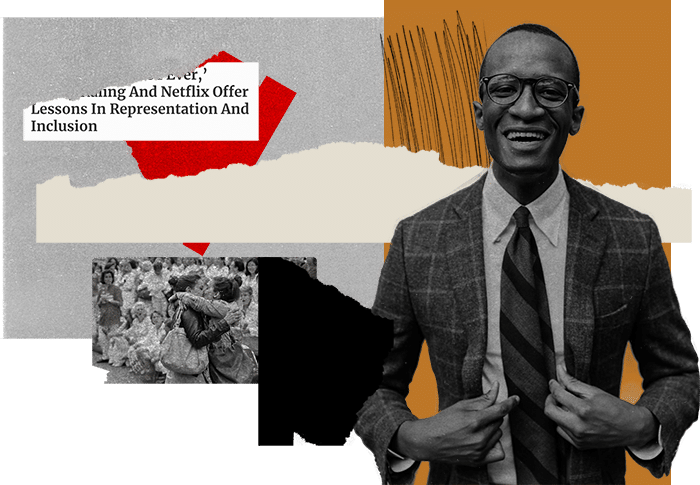We applaud the University of Michigan for the ongoing long-term investment in DEI which many brands have struggled to continue with, however, this is a complex and intricate subject – DEI in and of itself is not an issue, but getting buy-in at the most important levels is vital to its success.
What stands out most to us in The New York Times article written last Fall, is the complete lack of buy-in from the people who matter most on campus – the students. Whilst teachers and faculty admire the work done, it isn’t translating for students:
➡️ “Mboup called Michigan’s efforts ‘superficial.’ For all their spread and reach, she told me, the school’s D.E.I. programs betrayed ‘a general discomfort with naming Blackness explicitly.'”
➡️ “I met students with a wide range of backgrounds and perspectives. Not one expressed any particular enthusiasm for Michigan’s D.E.I. initiative. Where some found it shallow, others found it stifling.”
➡️ “[Students]” rolled their eyes at the profusion of course offerings that revolve around identity and oppression, the D.E.I.-themed emails they frequently received but rarely read.”
In order for the complex web of inclusion, marketing/communications, and student life to work, it has to feel authentic. It has to be approachable, it has to be sold to the right people, and most importantly, its success measures need to actually come from the students themselves – as they stand to benefit most from the work.
So, how do you get buy-in from students?
As we always say at AndHumanity, it’s progress, not perfection. Where University of Michigan is at now should not be seen as a misstep or wasted time, but rather, just another part of the journey. It’s at this stage that the university needs to put the focus back on the students, be open to adjusting their strategy and tactics, and most importantly, involve the students in this transition.
And the first step to getting buy-in with any group is to ask. Like our agency’s guiding principle, “Nothing About Us, Without Us”, students want to be a part of the creation of the strategy at its highest level, with the ability to actually influence the tactics and outcomes. Ensure the engagement is psychological safe, includes diverse lived experience, practices ongoing consent, and most importantly, treat it as a meaningful relationship building opportunity – rather than a one-time, extractive, and transactional relationship.
If the University of Michigan genuinely believes in their DEI strategy – which it seems it does – they also need to understand that strategies are meant to evolve and change especially when those who stand to benefit most from it, aren’t seeing its value.
Relevant update as of Jan 29, 2025: As per Lansing State Journal, “Officials at Michigan State University are scrambling to determine what impact its extensive diversity, equity and inclusion policies and programs could have on the hundreds of millions of dollars in federal funding that flow into the university. President Donald Trump last week issued an executive order terminating “diversity, equity, and inclusion,” for organizations that receive federal funding, and added that universities with endowments larger than $1 billion – in Michigan that’s MSU and the University of Michigan – could be investigated for their DEI programs and policies.“
Visit our Higher Ed Inclusive Marketing Online Hub and keep up-to-date and informed on all things relevant to Higher Ed Inclusive marketing, advertising and communications across the globe.









